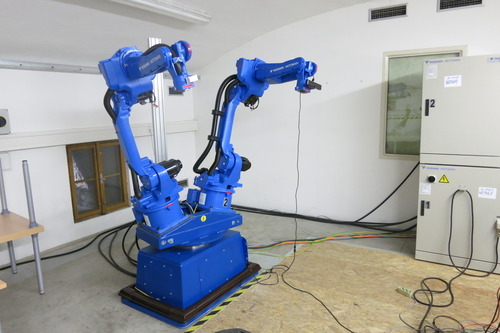OSRF to Assist with Teaching the ROS-Industrial Training Class in June
/The Open Source Robotics Foundation (OSRF) will participate in the upcoming ROS-Industrial Training Class, June 4-6 (rosindustrial.org/ric/events). OSRF will provide training for the new features and capabilities of the ROS Groovy release, particularly focusing on Catkin, the new software build system. OSRF will be available to respond to questions you may have about the ROS core, past, present, and future. The class will provide a hands-on introduction to ROS and ROS-Industrial, and it will culminate with hardware integration exercises with live industrial robots and peripherals. The class is FREE to Full/Associate Members of the ROS-Industrial Consortium. Others may attend for a fee.
Please note that class registration is only open until May 18th. We also encourage attendees to buy a small form factor PC to take home after the class. The PC will have Ubuntu, ROS, and ROS-I preinstalled, allowing developers to hit the ground running with ROS-I development. We are selling the PCs at cost; the first ten buyers will receive them at the sale price that we negotiated. Later units are subject to price change.








